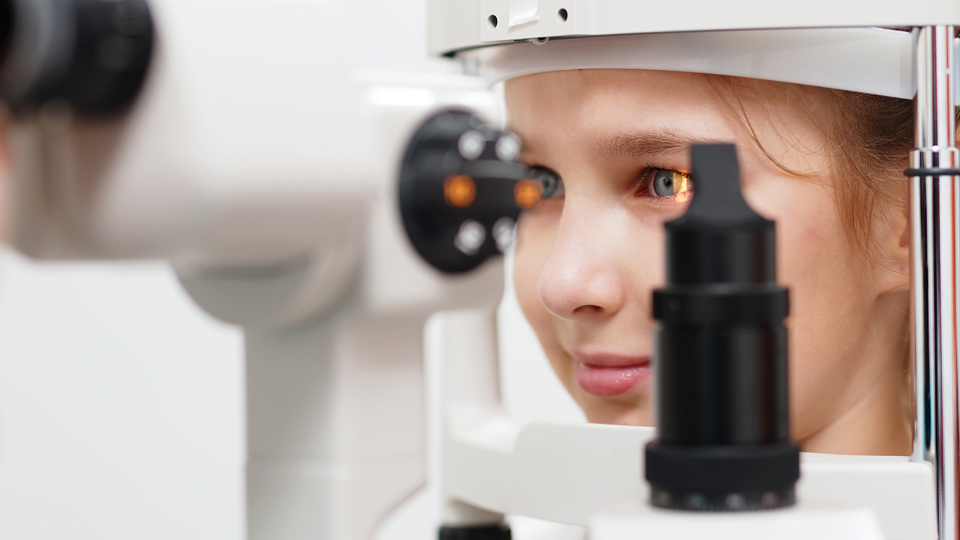All about the skin around the eyes and “drooping” eyelids
04/04/2025

23/09/2024
Glaucoma in childhood, also known as paediatric glaucoma, is an eye disease that affects children from birth to adolescence. It is a rare condition but one of the leading causes of blindness in childhood if it is not diagnosed and treated promptly.
This rare disease can be hereditary and caused by incomplete or deficient development of the drainage system of the aqueous humour before birth. The inability of the aqueous humor to drain properly leads to increased intraocular pressure, which causes symptoms and damages the optic nerve.
It is typically diagnosed at birth or during the first year of life. If glaucoma begins before the age of 3, it is called congenital (present at birth) glaucoma. If it appears in a child over 3 years old, it is called juvenile glaucoma.
Types of childhood glaucoma
Symptoms
The symptoms of childhood glaucoma are often first noticed by parents. Children may have bulging or enlarged eyes (one eye may be larger than the other), the eye appear cloudy or whitish,and the child may exhibit intolerance to light (photophobia), excessive tearing (epiphora) and frequently close their eyes.
Treatment
Sometimes, medications are required to reduce eye pressure, either until surgery is performed or afterward to maintain appropriate pressure levels. Medical treatments can include topical medications (ophthalmic drops) or oral medications. Surgery may be performed using microsurgery techniques or laser treatment. It is crucial to start treatment as early as possible.
With early diagnosis and proper management, many children with glaucoma can lead relatively normal lives with functional vision. However, regular follow-up is essential to monitor disease progression and adjust treatment as needed.
Dr. Francisco Ruiz Tolosa, ophthalmologist at the Centro de Oftalmología Barraquer
El glaucoma es conocido como la patología ocular silenciosa ya que hasta estadios avanzados no presenta síntomas, haciendo complicada su detección y, por lo tanto, retrasando la aplicación de un tratamiento efectivo. Según la Organización Mundial de la Salud en el mundo existen unos 60 millones de personas que padecen esta patología irreversible del nervio óptico, cifra que puede seguir aumentando en los próximos años según las previsiones. En el último capítulo de este año hablamos sobre esta patología con el doctor Francisco Ruiz Tolosa, coordinador del departamento de glaucoma del Centro de Oftalmología Barraquer.